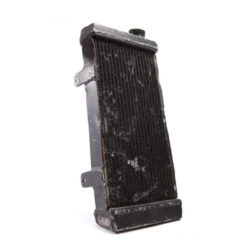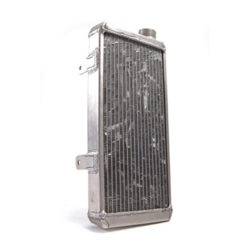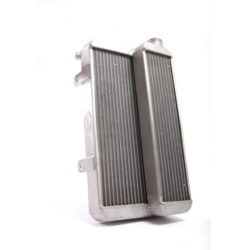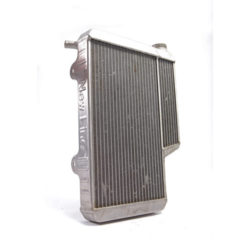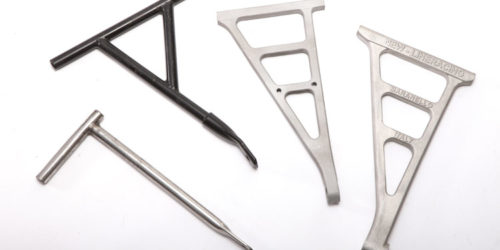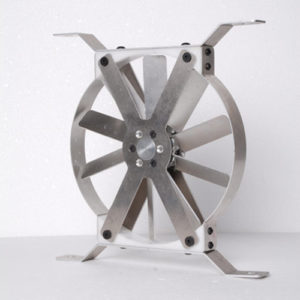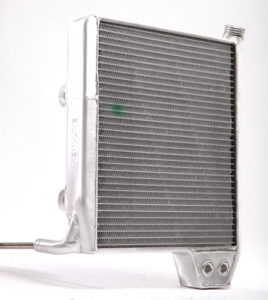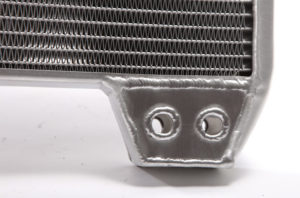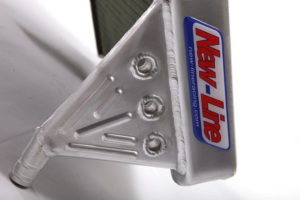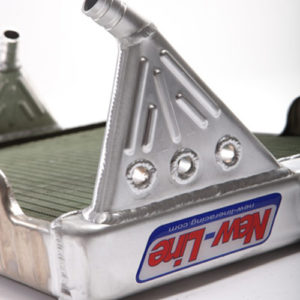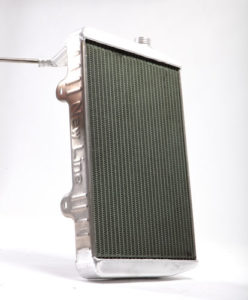MUSEUM
Historicals
The New Line brand was born in 1998, producing radiators for the first water engines beginning to appear on race tracks. Since then a huge number of models have hit the market, all helping to make New Line the absolute leader in the sector. Below are some of the key moments along the road travelled.
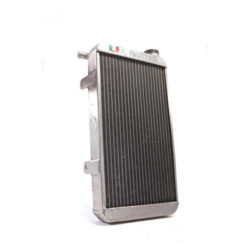
Made in 2001, this was one of the first RS models. It has obtained many track victories – above all, the Super ICC World Championships: in 2004 with Ennio Gandolfi’s Birel/TM, in 2005 with Francesco Laudato’s Birel/TM, and in 2006 with Davide Forè’s Tony Kart/Vortex. In the picture, the original model used by Alessandro Manetti.
Prototypes
Proving that it never stops in the quest for innovative solutions, New Line has produced several pieces that to date remain prototypes. Each one has helped increase the knowledge and technical characteristics applied to serial products that have been or will be realized. But there’s also something that undoubtedly looks to the future…



